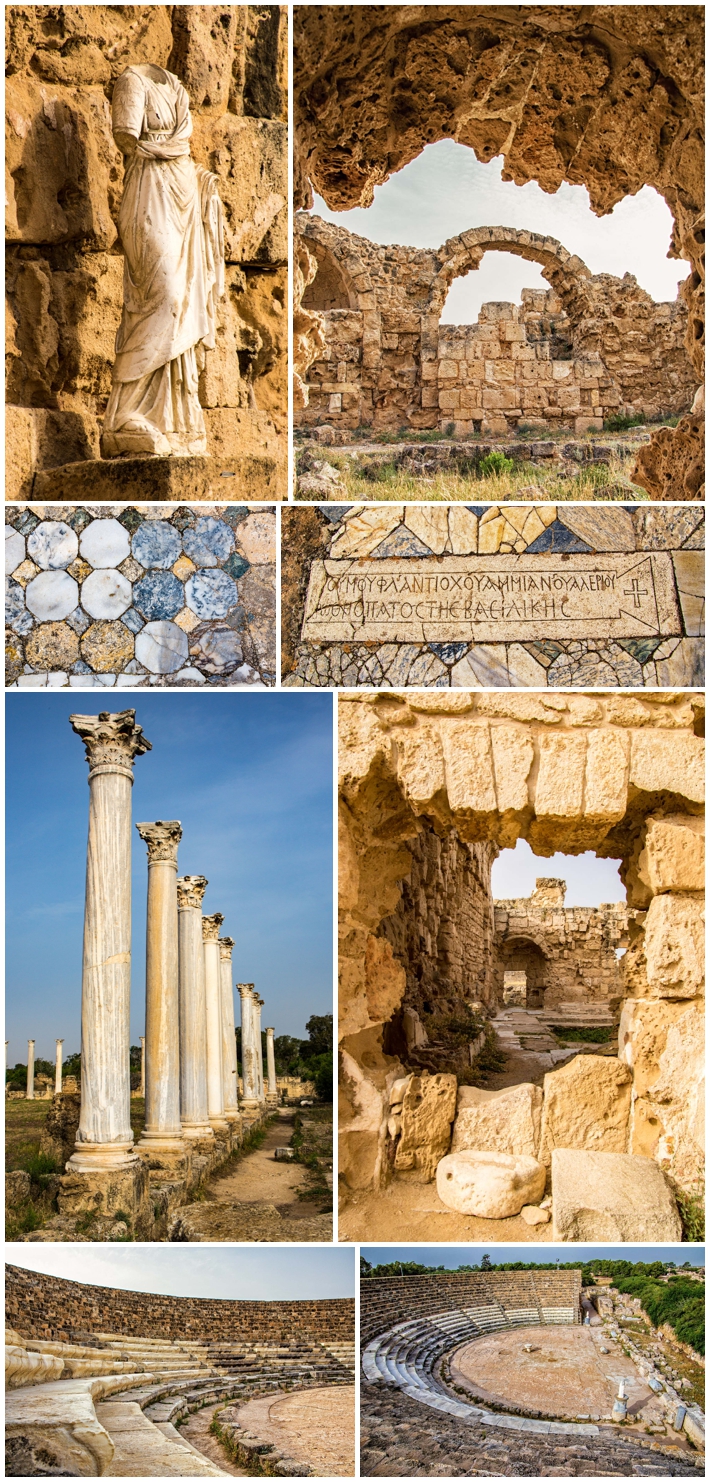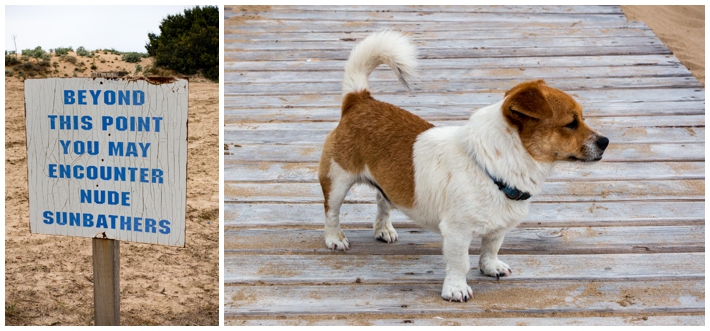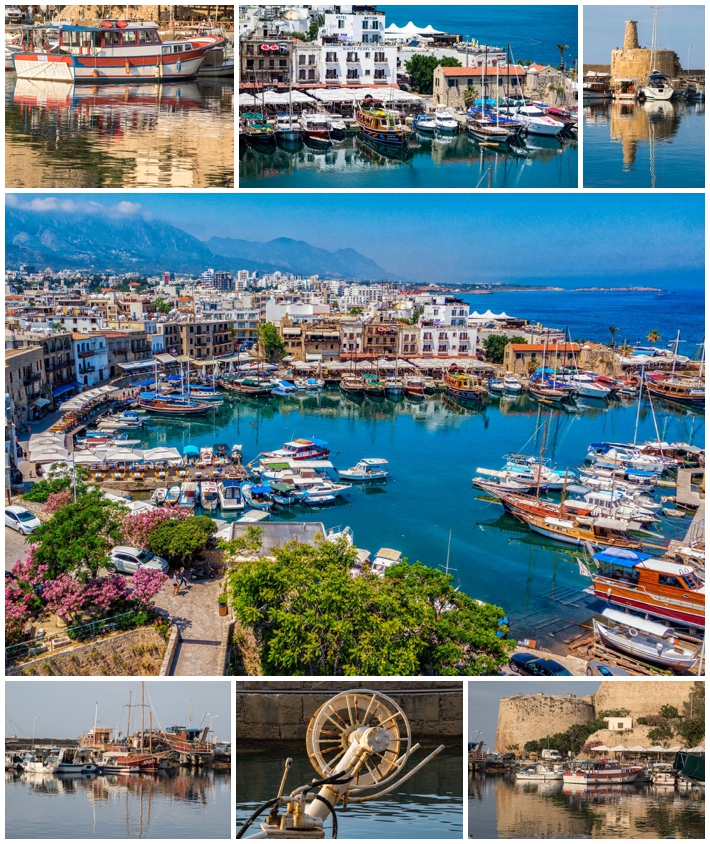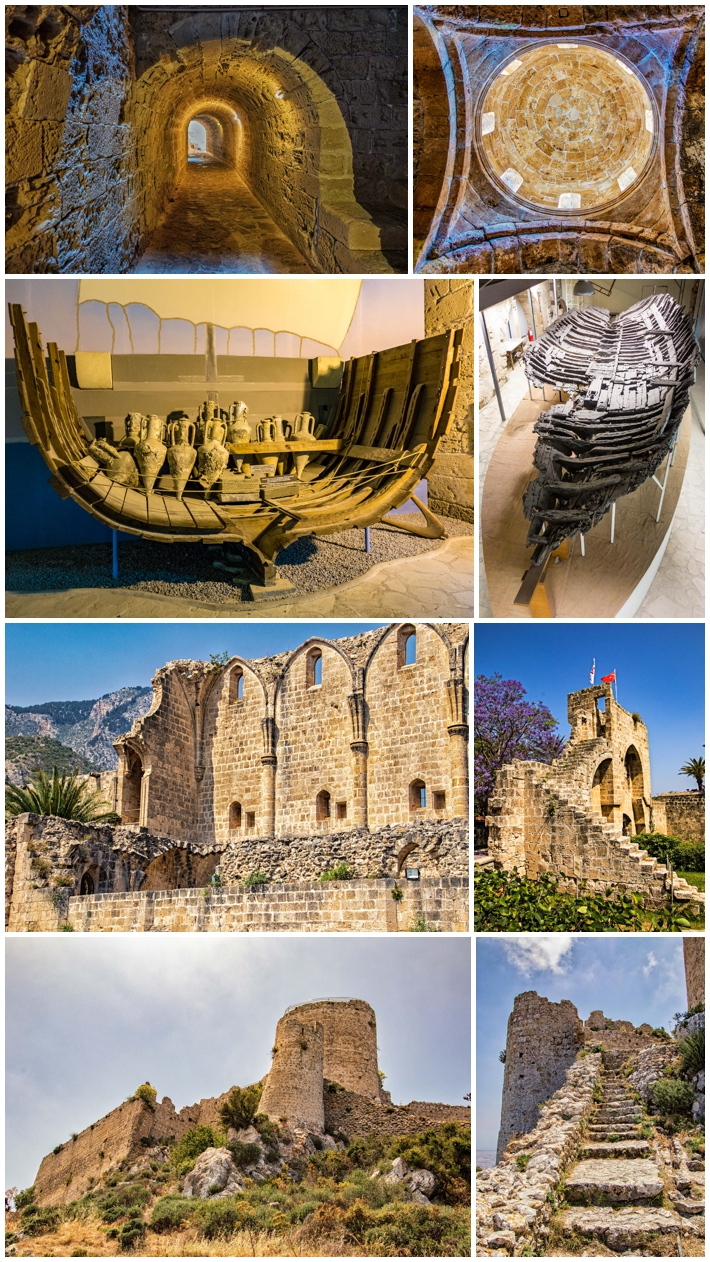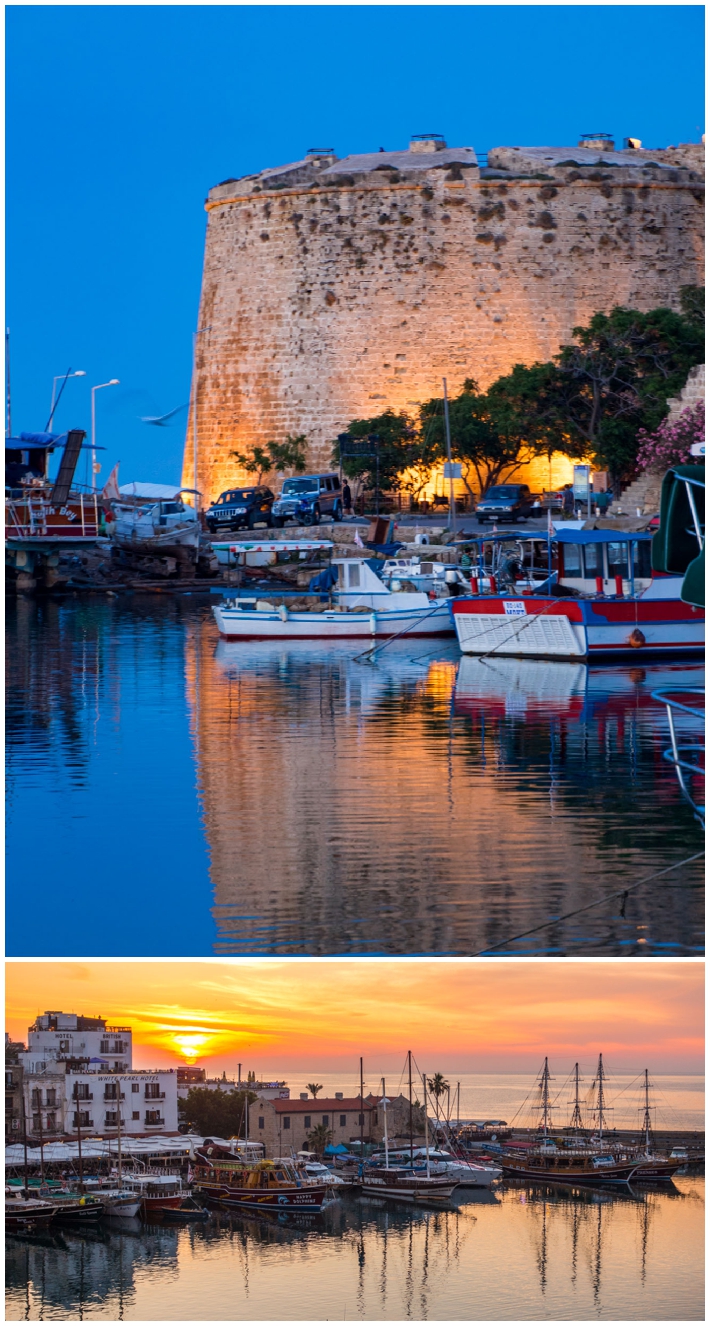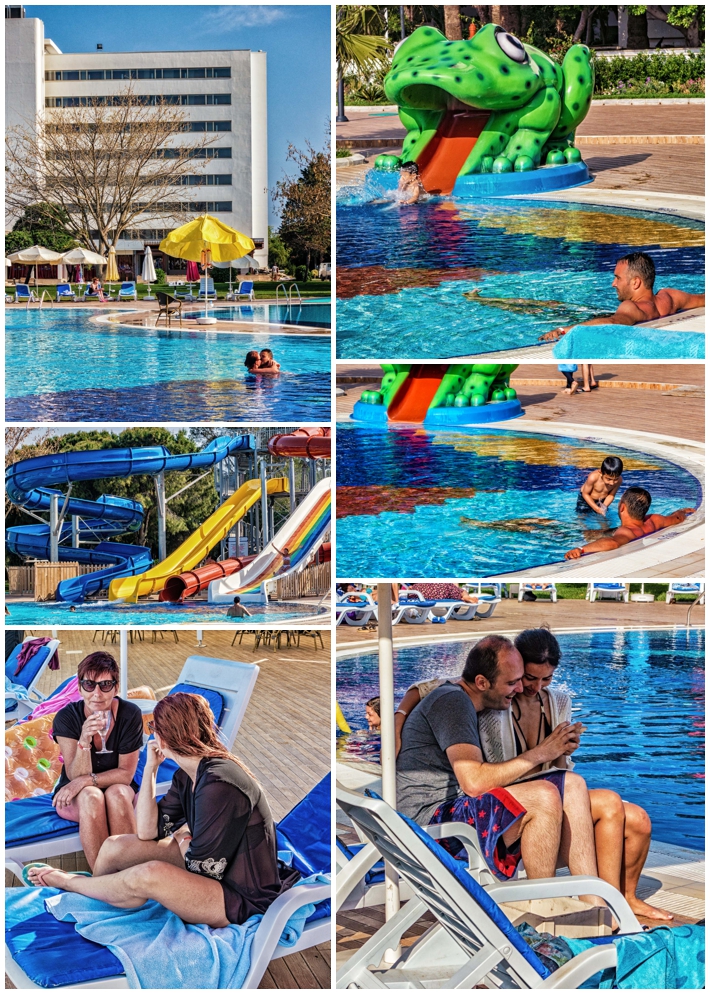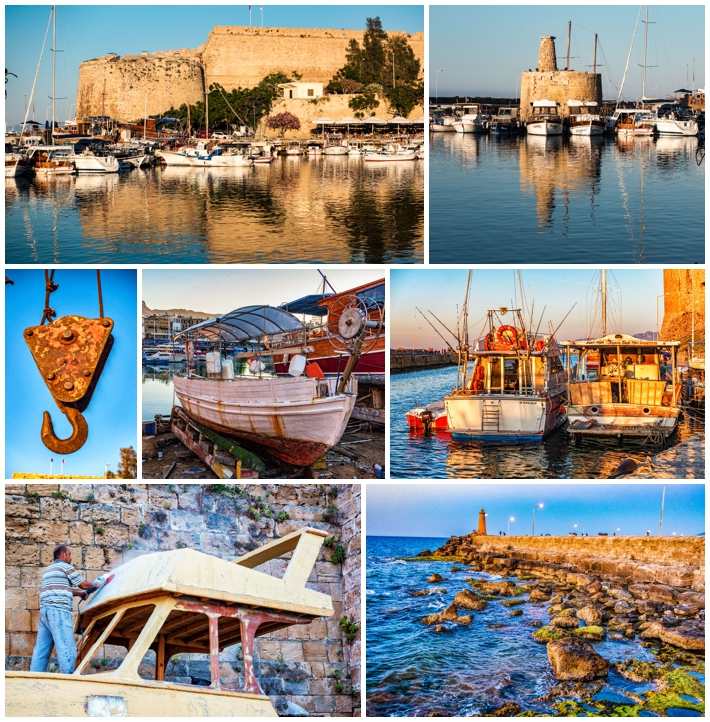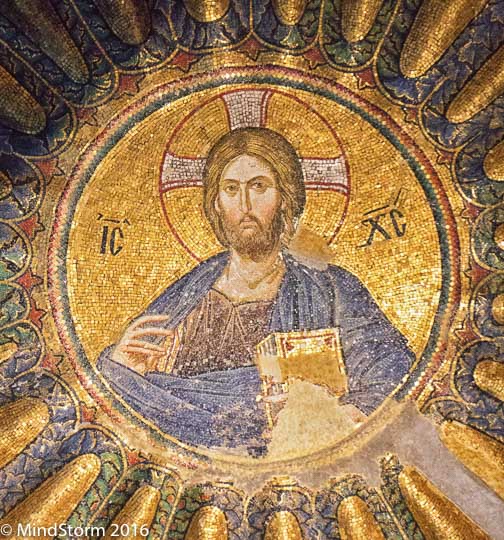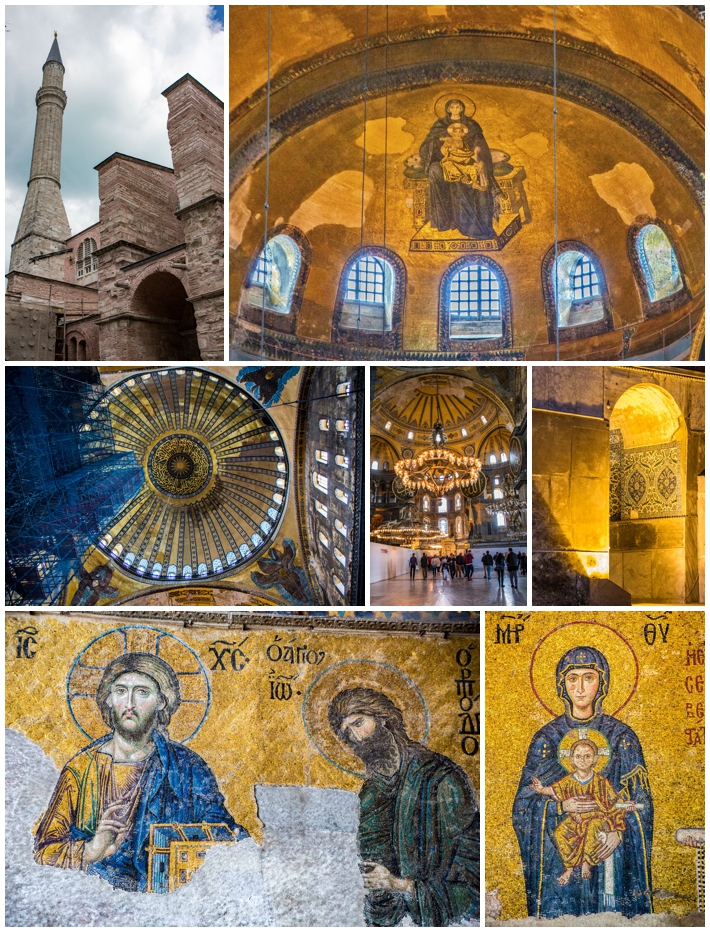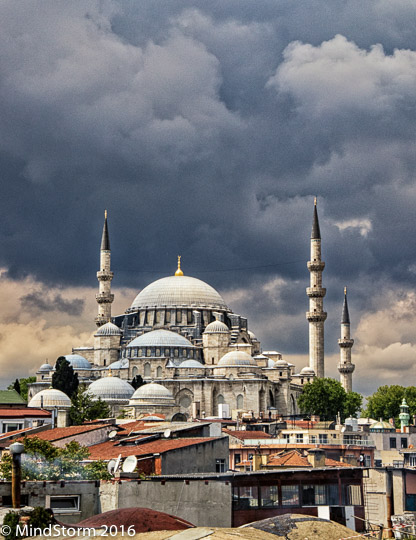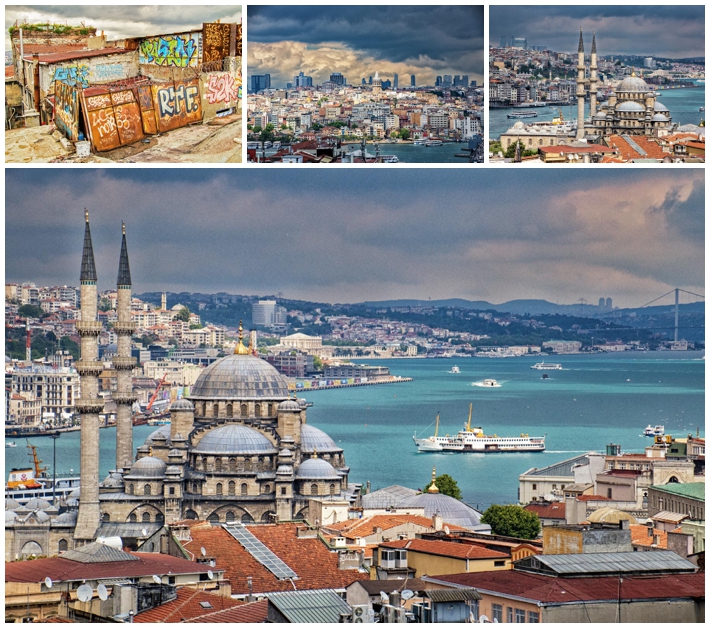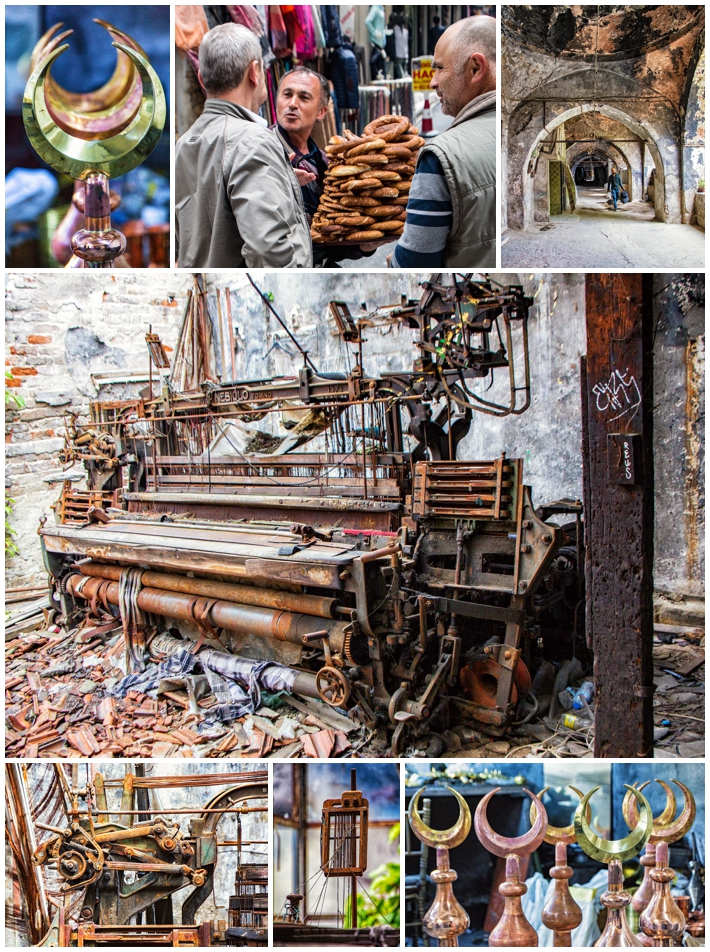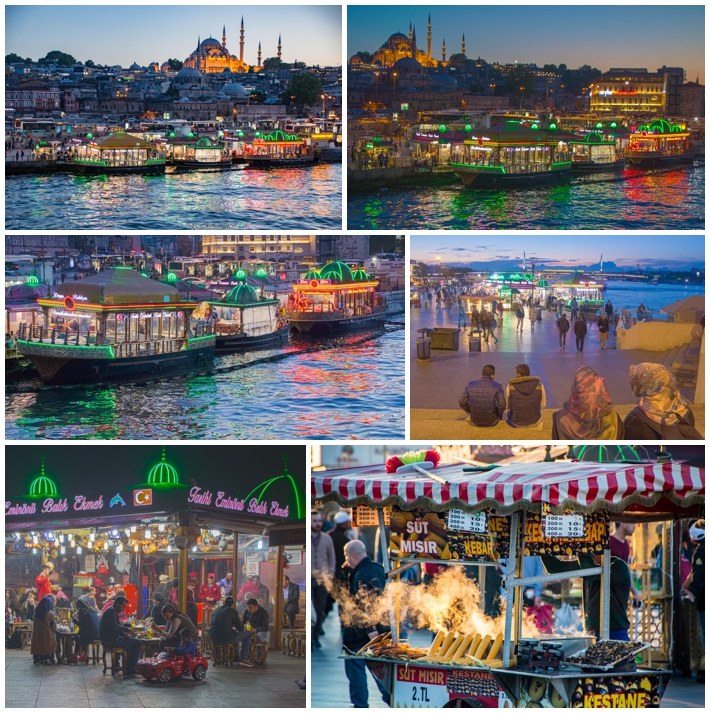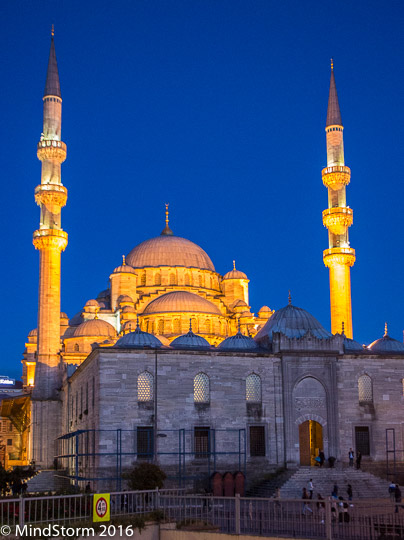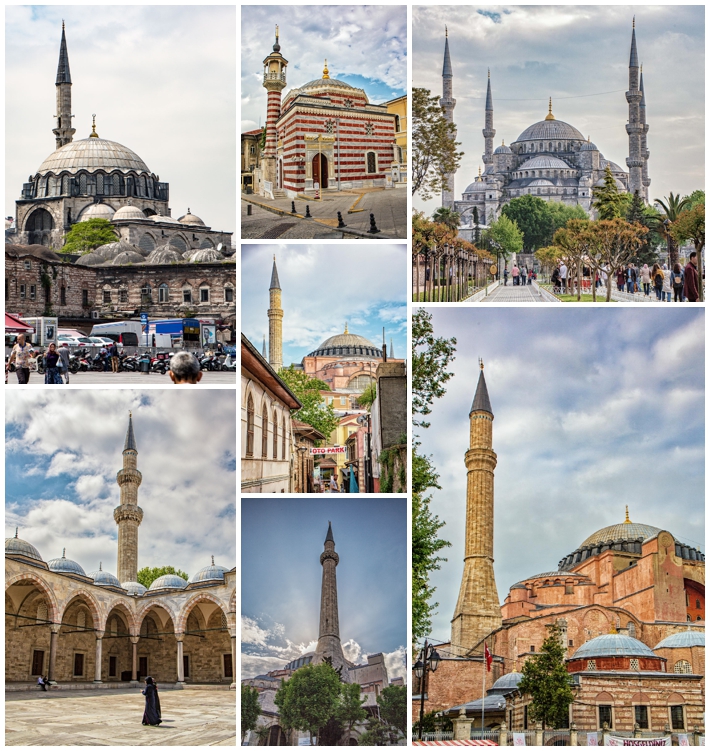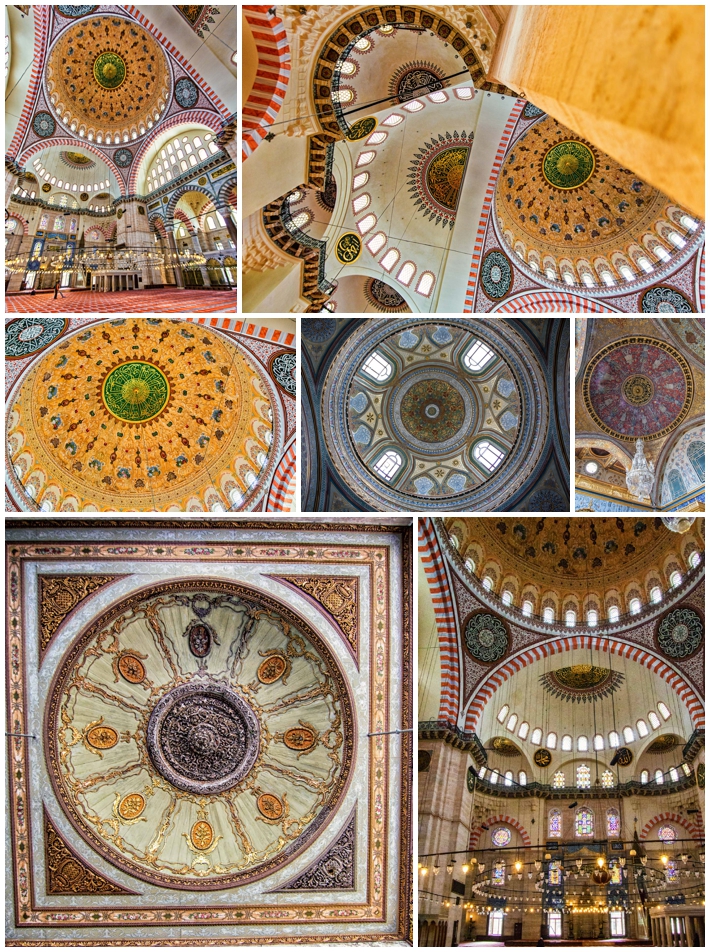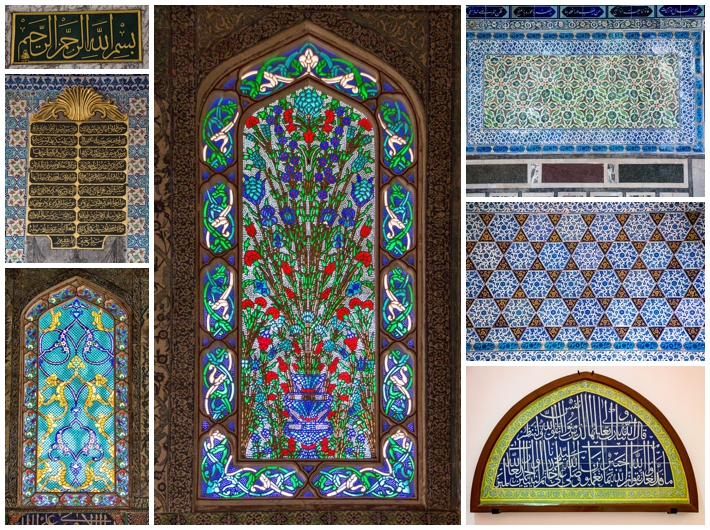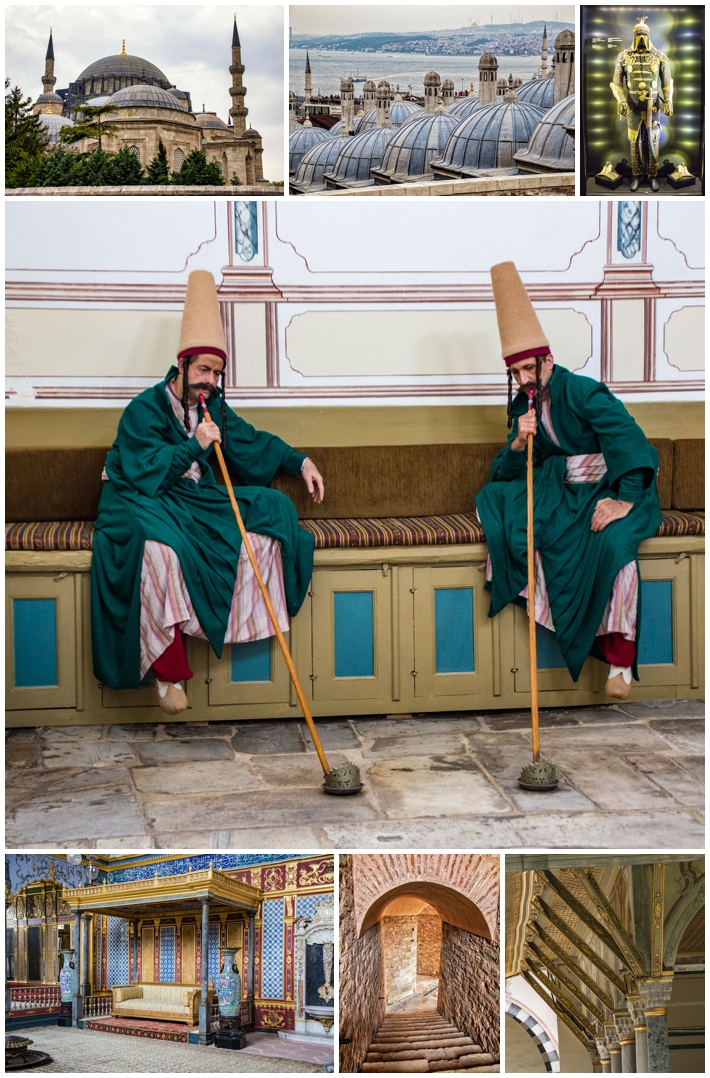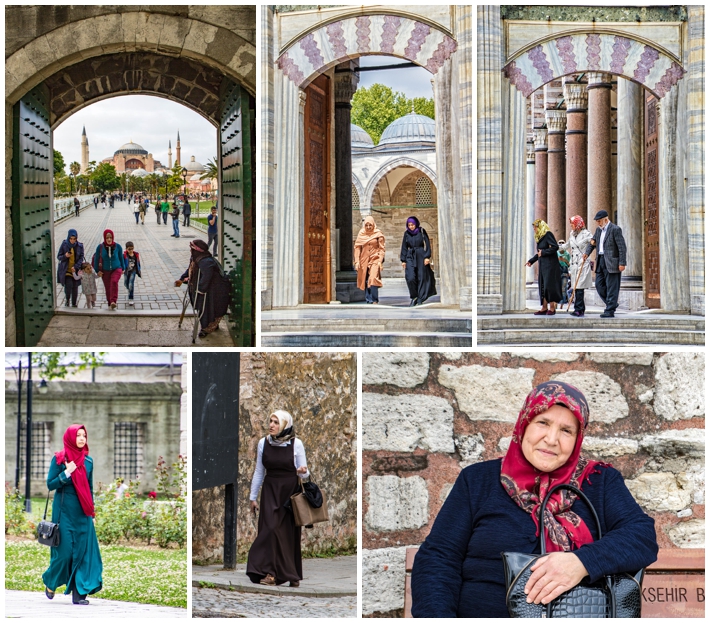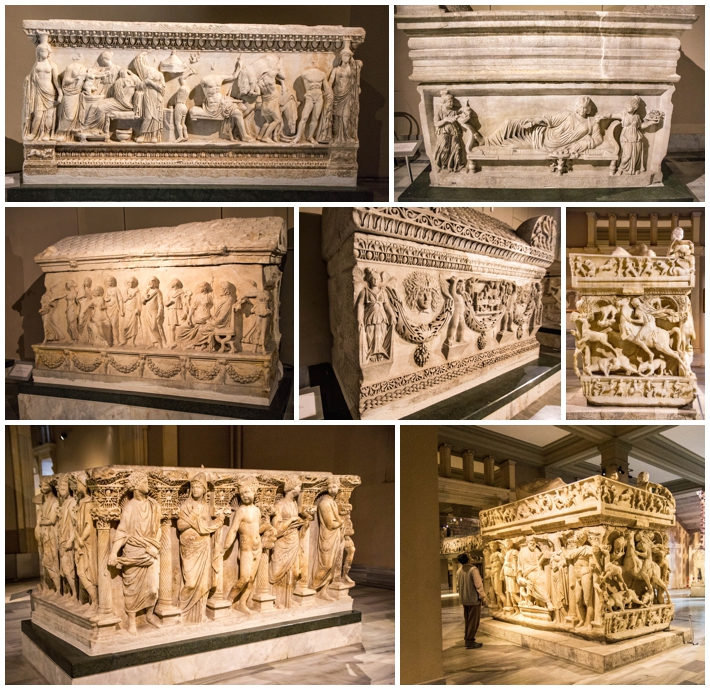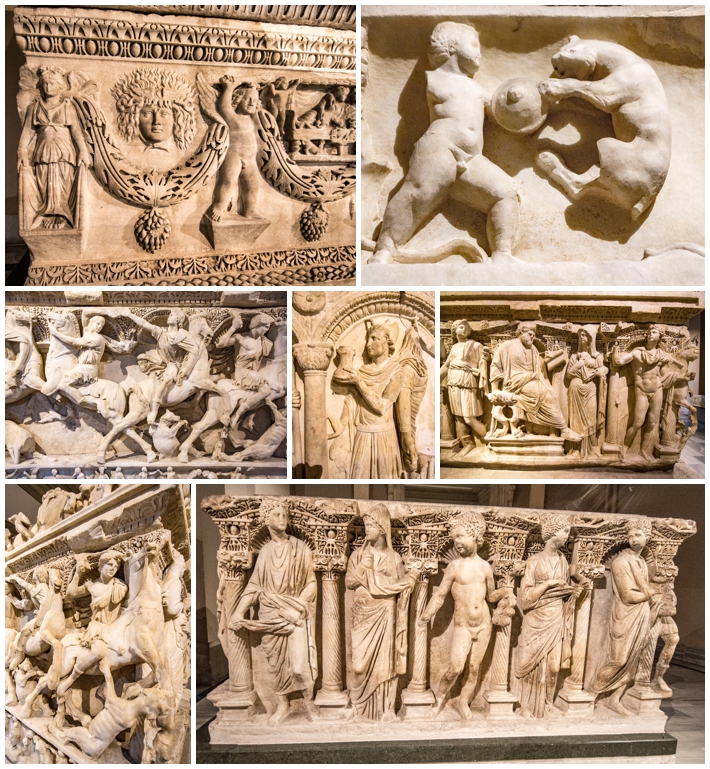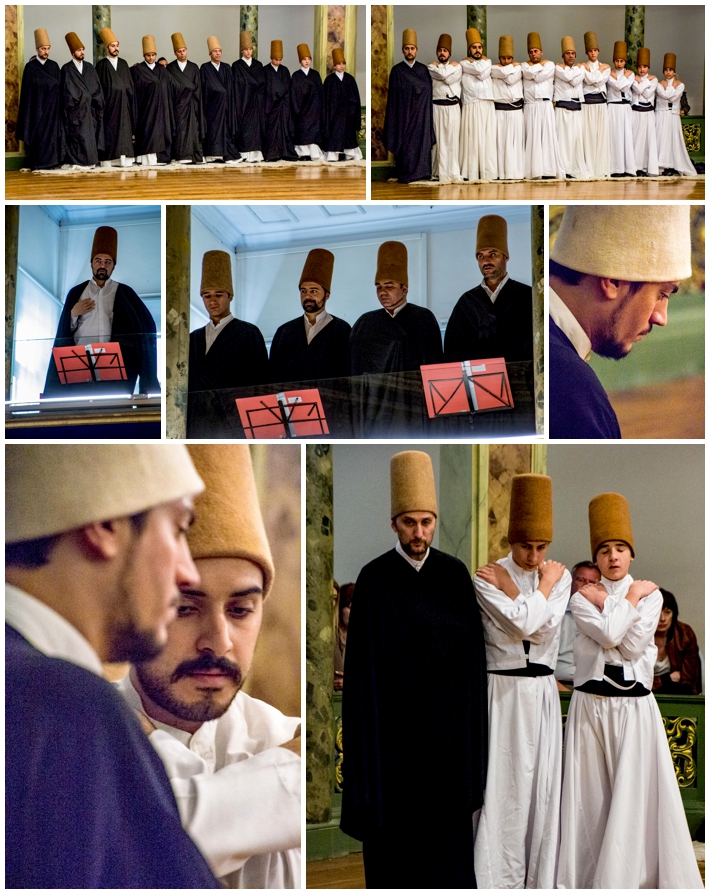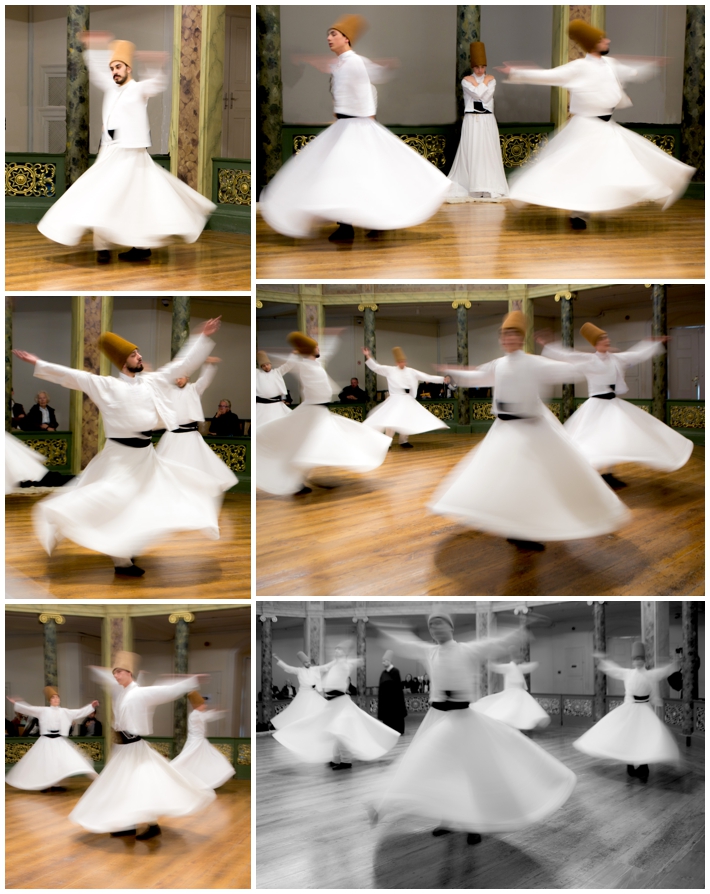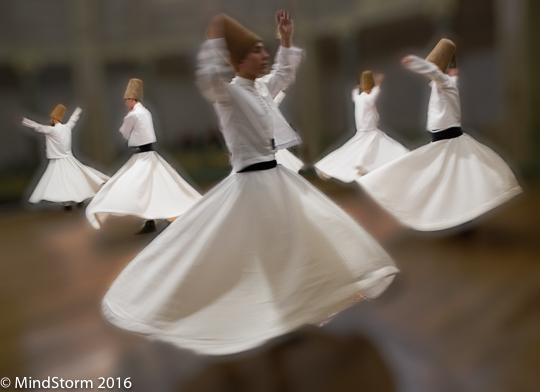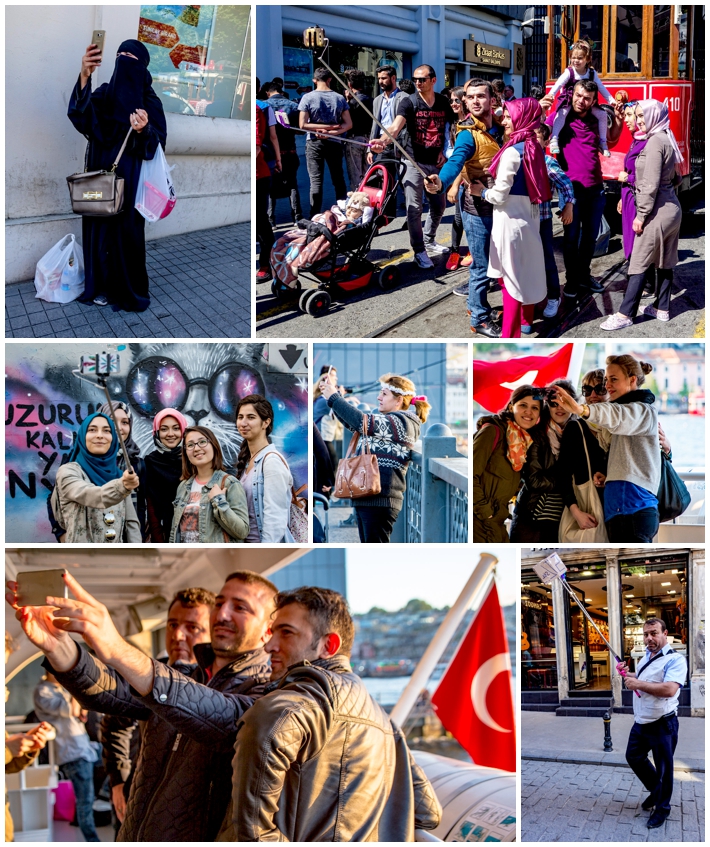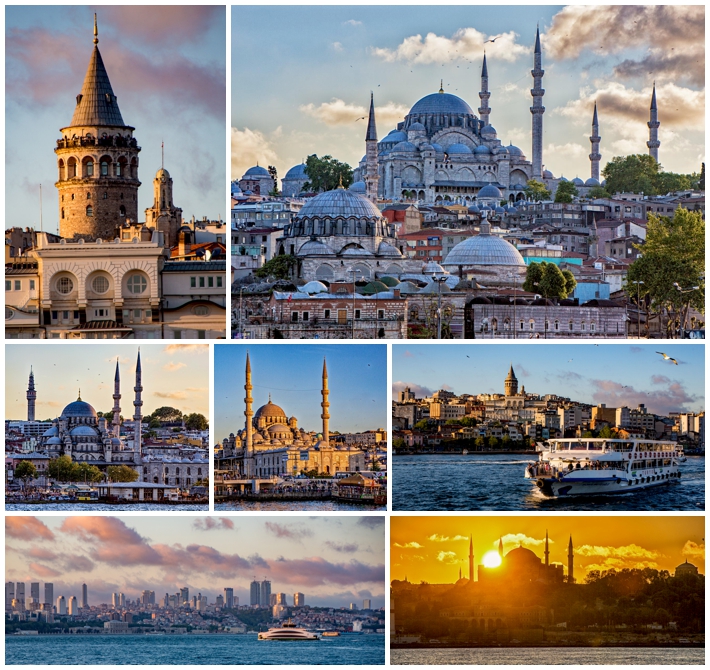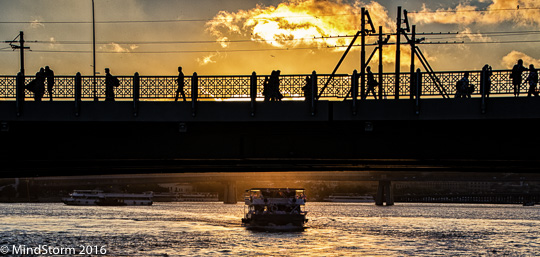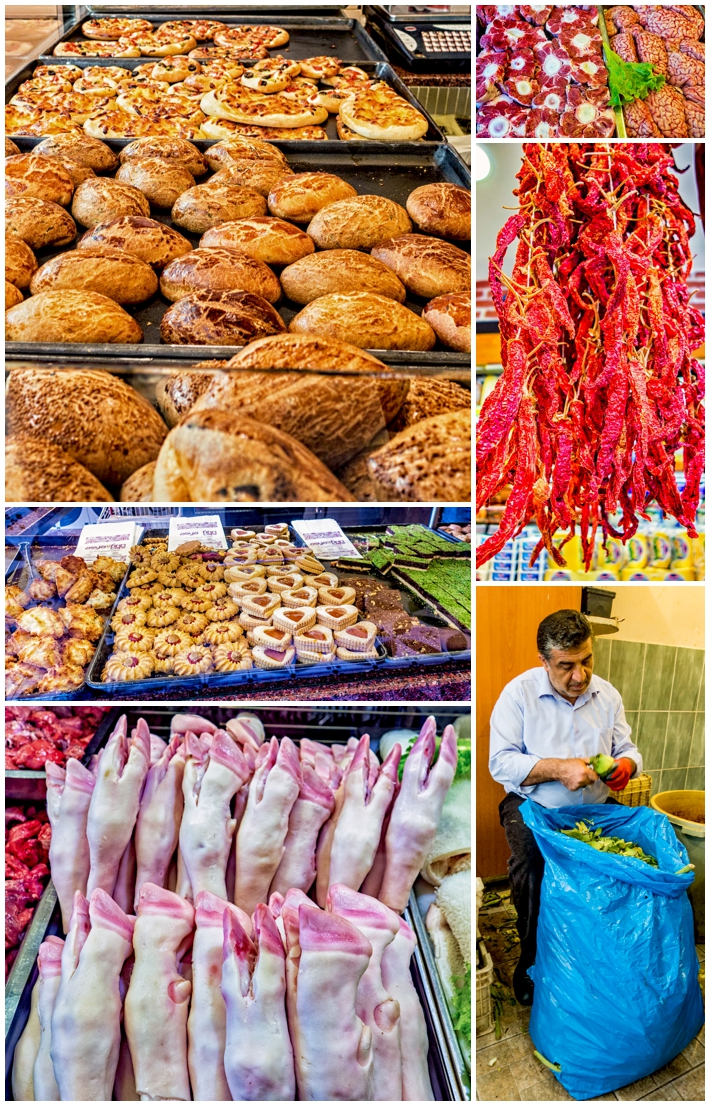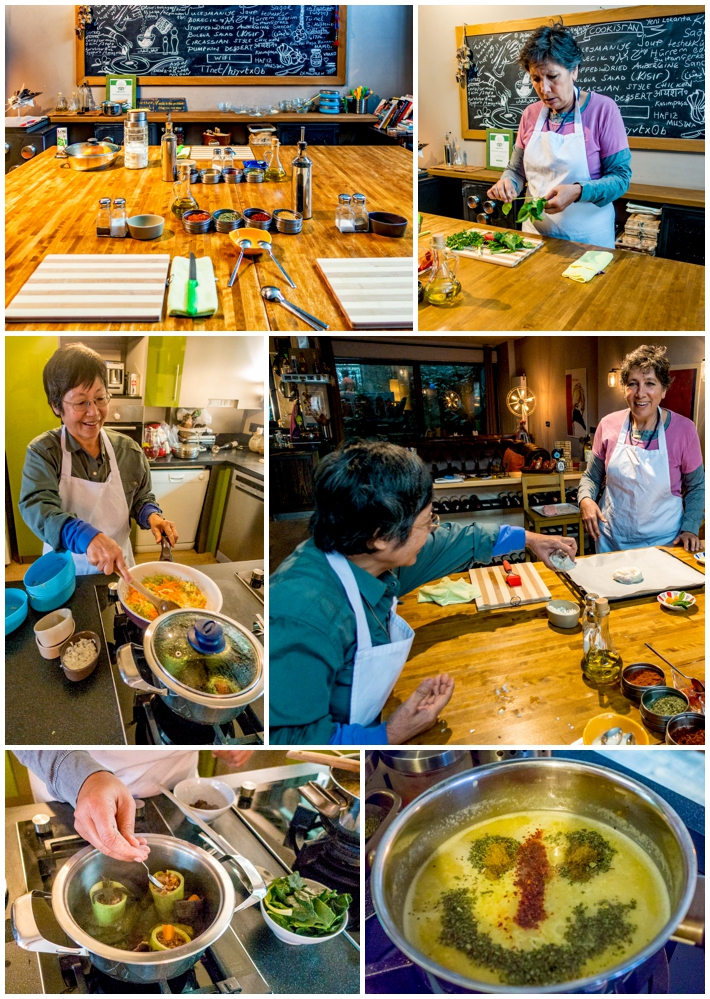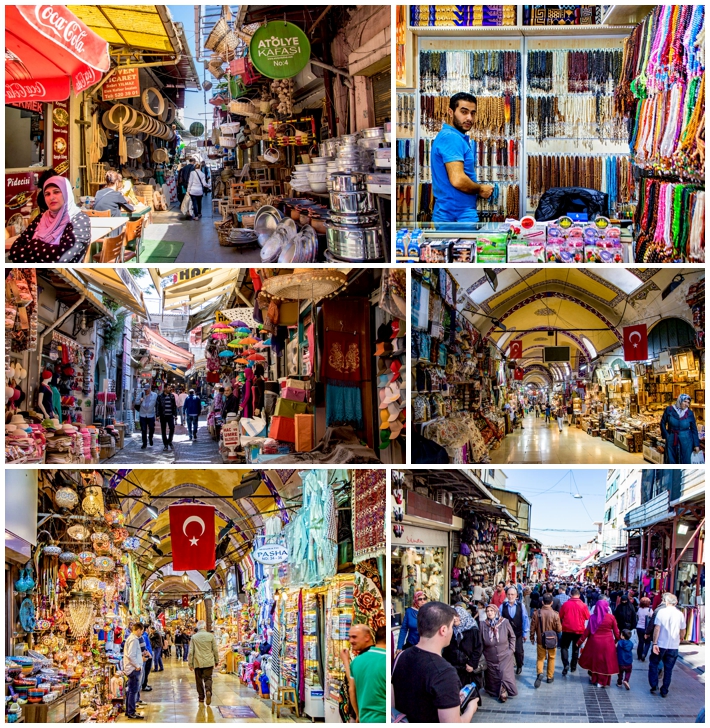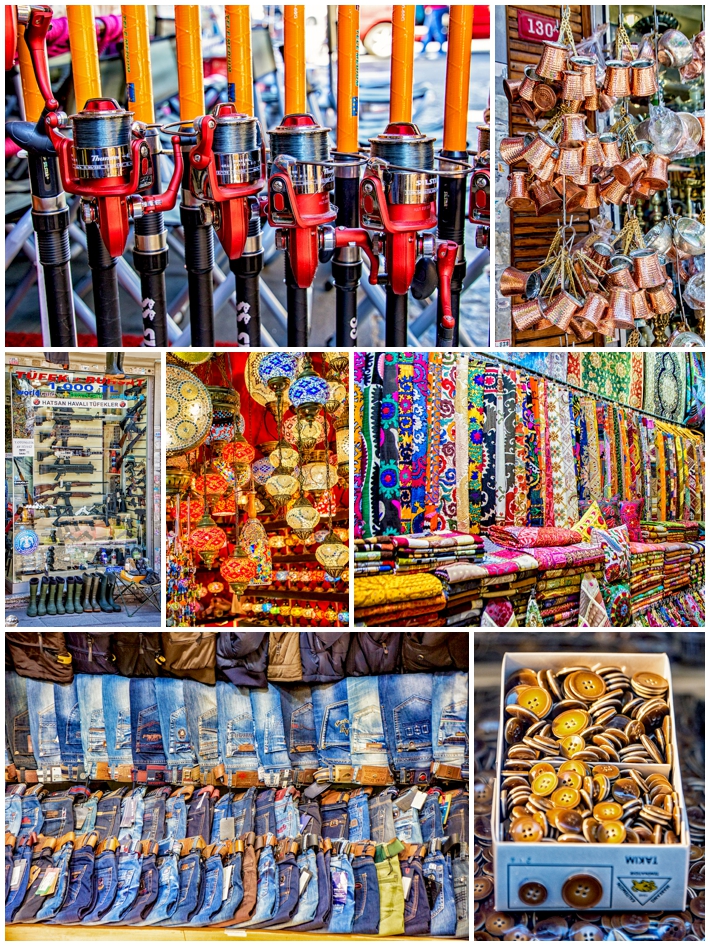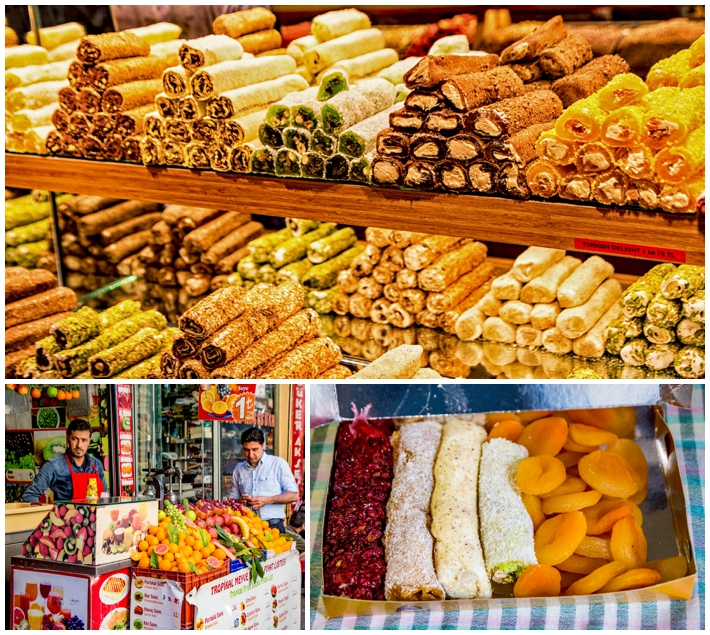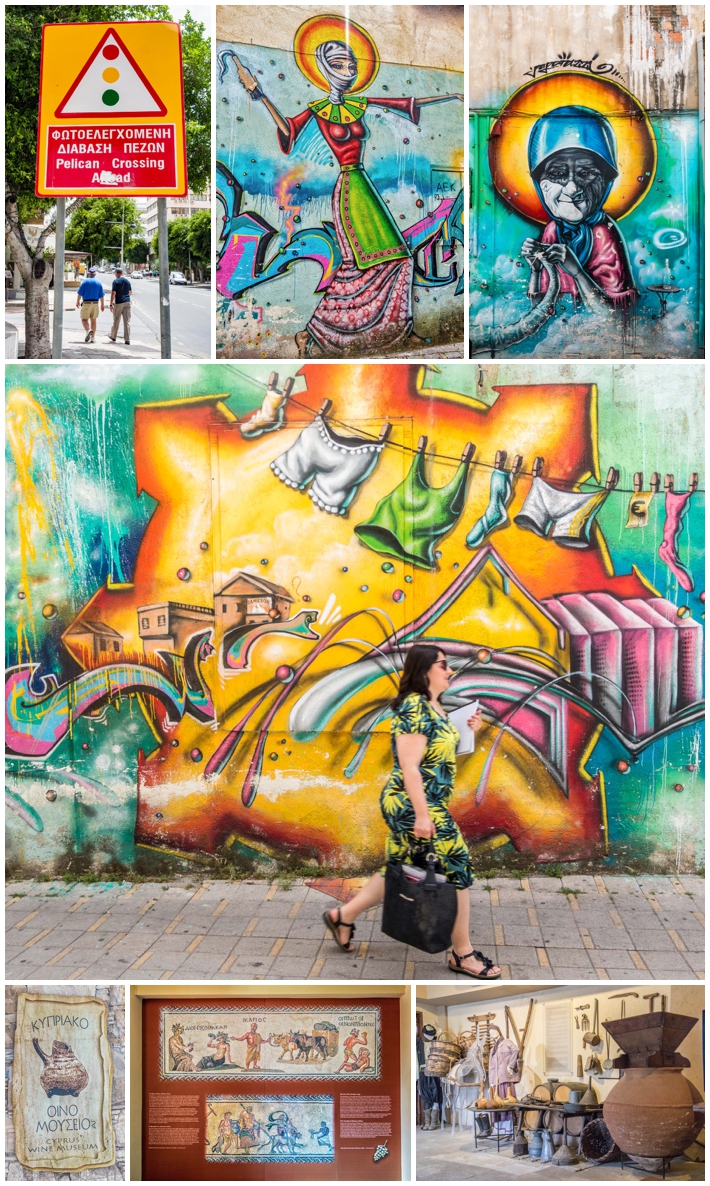
We have now transitioned from the Turkish-occupied North Cyprus to the “Republic of Cyprus,” often referred to as “the Greek side.” I’ll let you read the linked Wikipedia article if you want to know why. Our first shock was that all the signs were suddenly unreadable, in a non-Roman alphabet script — though usually followed by plain English translations (upper left with our Cyprus host and I walking under a “pelican crossing” warning sign).
Murals are not as common in Cyprus as they are in Latin America (Ecuador and Colombia murals were shown earlier), though there was one street in Nicosia that had some interesting street art (top row plus center). Later on our travels around Limassol, we came across a small wine museum (bottom row), and did free “testing”(their term for “tasting”) of some local wines.
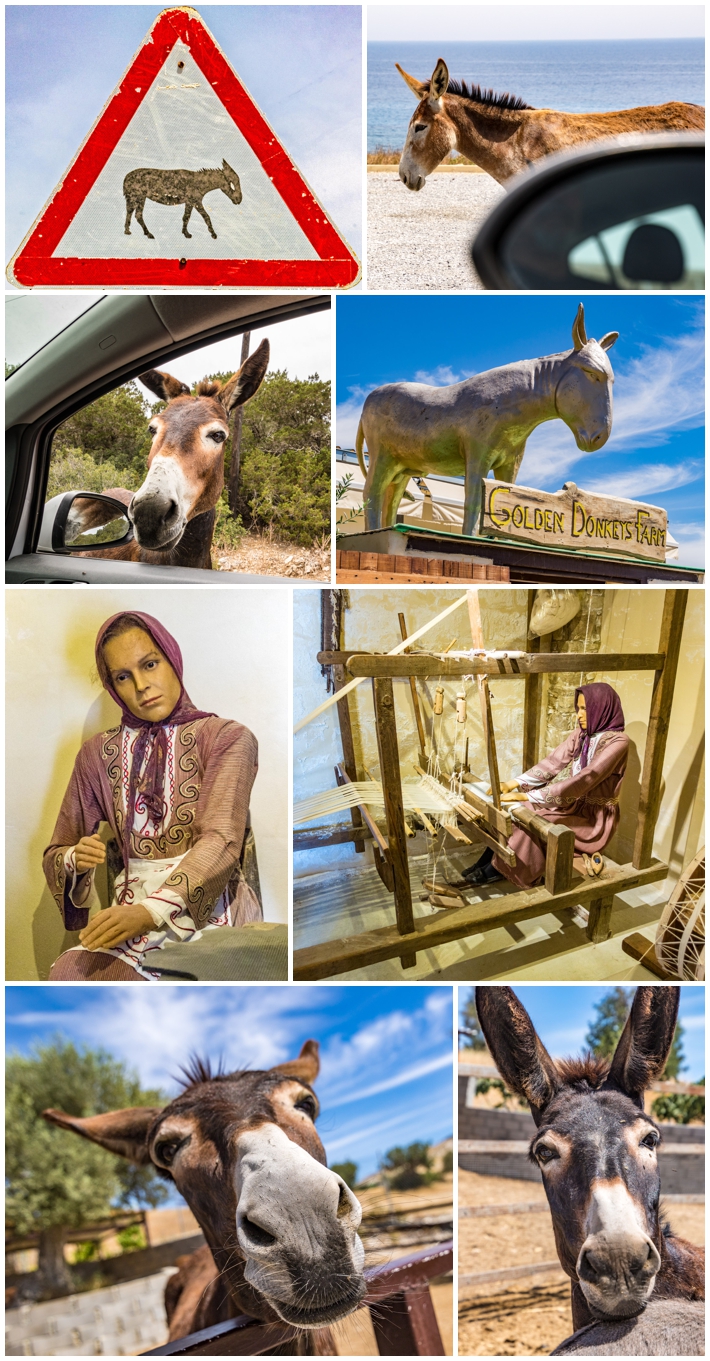
Donkeys are a big thing in Cyprus. Wild in the North, and domesticated in the South. Cody (a friend from Cuenca now working in South Cyprus) joined us for a drive onto the Karpaz Peninsula. She warned us that wild donkeys would walk down the center of the road, then turn sideways to block any oncoming car, waiting for a car window to roll down, so they could stick their nose in for food. Sure enough, exactly as she had described, a donkey did just that (upper images).
In the South, donkeys are still domesticated, so we made our way to the Golden Donkey Farm, to see “more than 200 donkeys” and taste some of the products made from donkey milk. The way was well signed, with a full sized golden donkey statue at every major turn (top middle right), until we arrived. They had a couple of small museums with wax figures in poses of typical historic daily life (lower middle row), and plenty of curious donkeys (lower row). The farm was rather a disappointment though, and not really worth the drive…
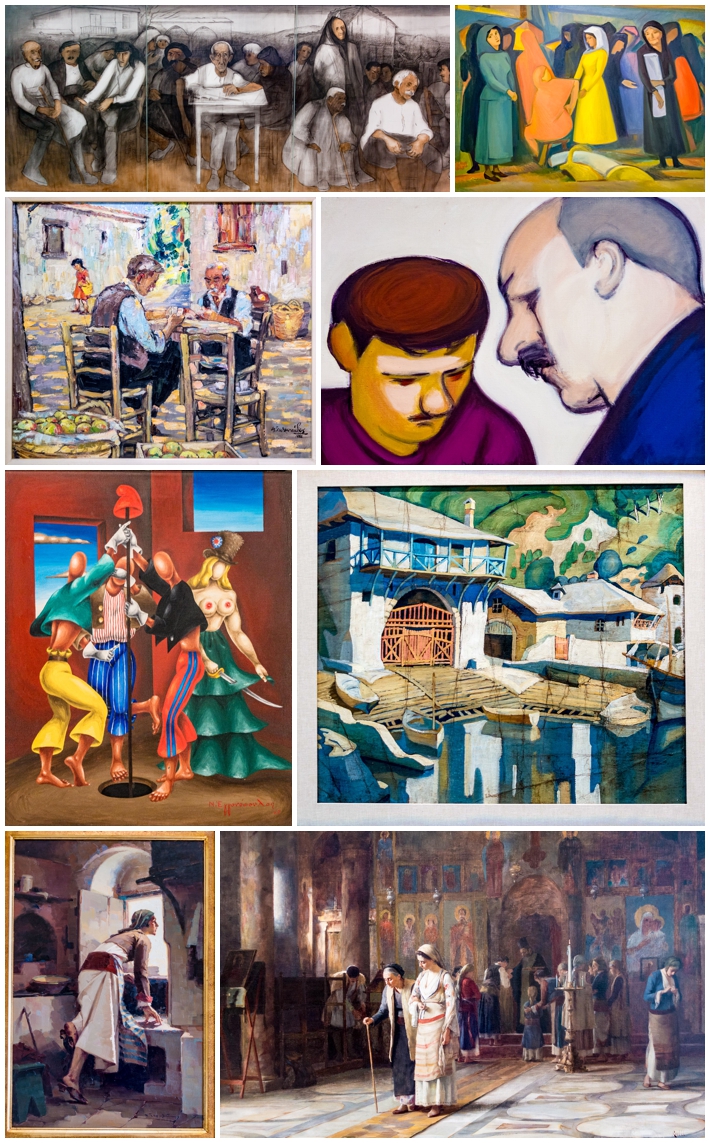
In Nicosia, we also visited the Leventis Art Gallery, which just opened in 2014. Created entirely from the private collection of A.G. Leventis, it had an impressive collection of more than 800 pieces of Cypriot art, both modern and classic, as well as paintings by European masters.
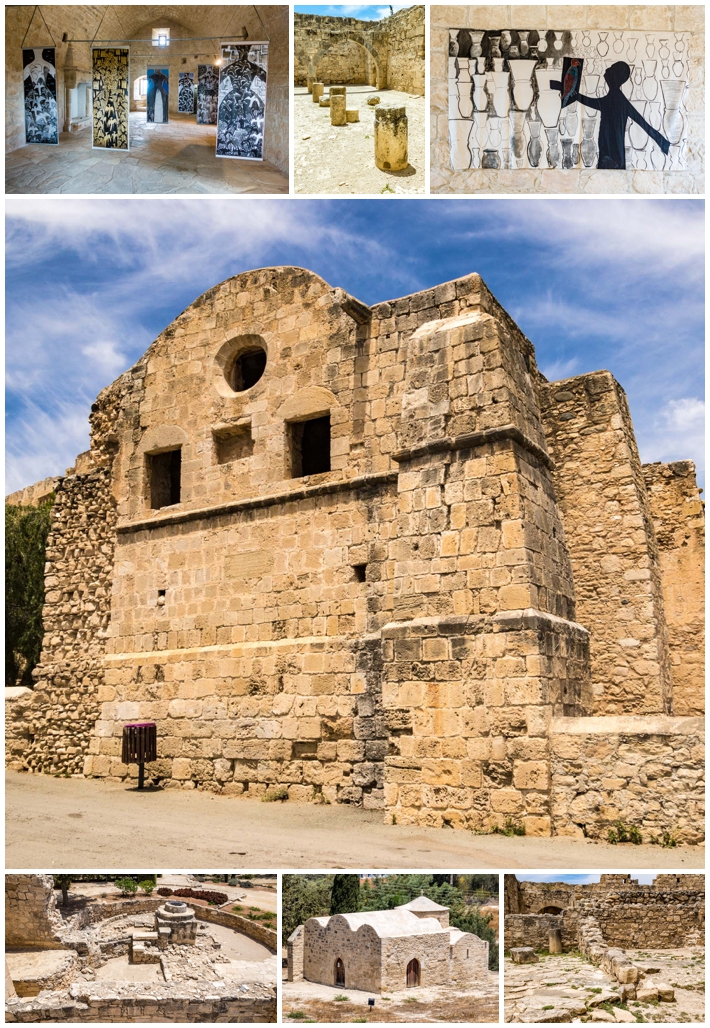
Our drive south took us to the Kolossi Castle, in the city of Kolossi on the Southern coast of Cyprus. This castle dates back to 1210, and was originally a center of production of sugar, using the local sugarcane. A small, but interesting, castle, it was currently displaying modern art banners (upper row).
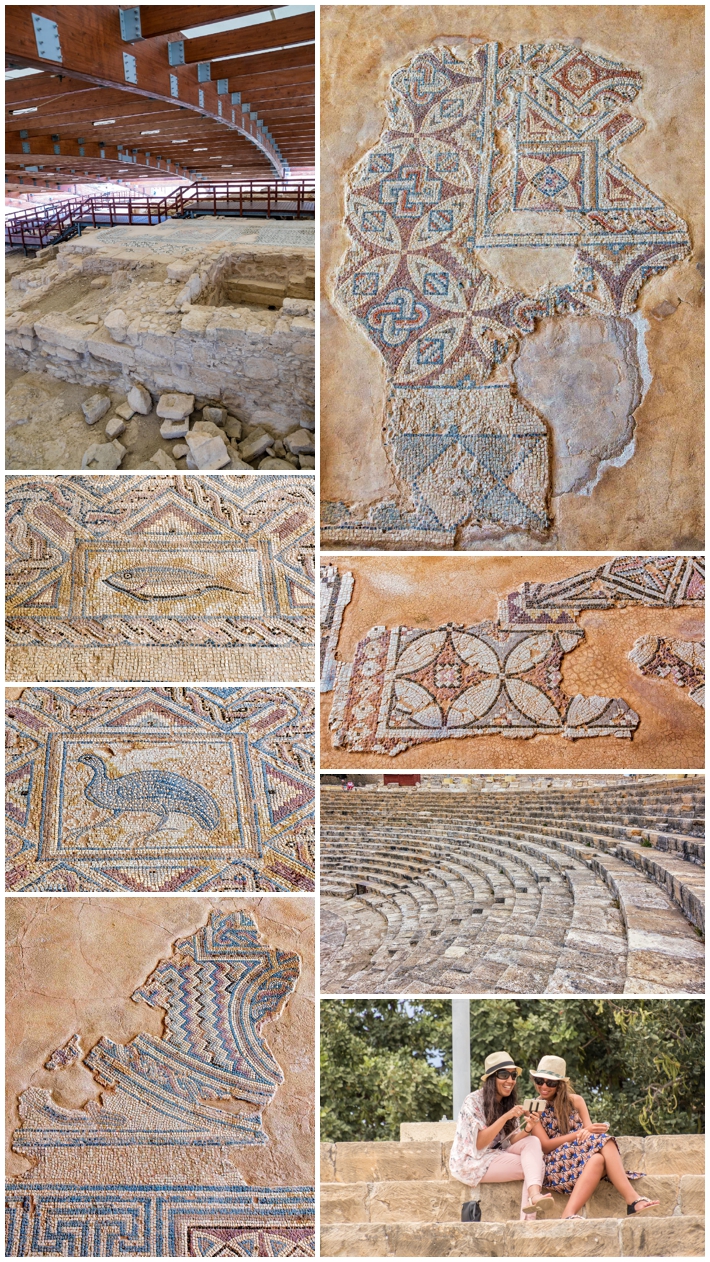
Our last stop on this segment was the Kourion ruins. This site has origins that date back more than 2000 years, yet many of the original tiles are still intact (most images). Starting in 1975, after the Turkish invasion and resulting embargo prevented further international support for the Salamis excavations, those teams moved here and began work on this site. They covered the site with sweeping roof structures to keep out the weather (upper left) and elevated walkways to keep tourists off the ancient floor tiles. Of course, everywhere you go now, there will be someone (or two or more) taking selfies… (lower right)
